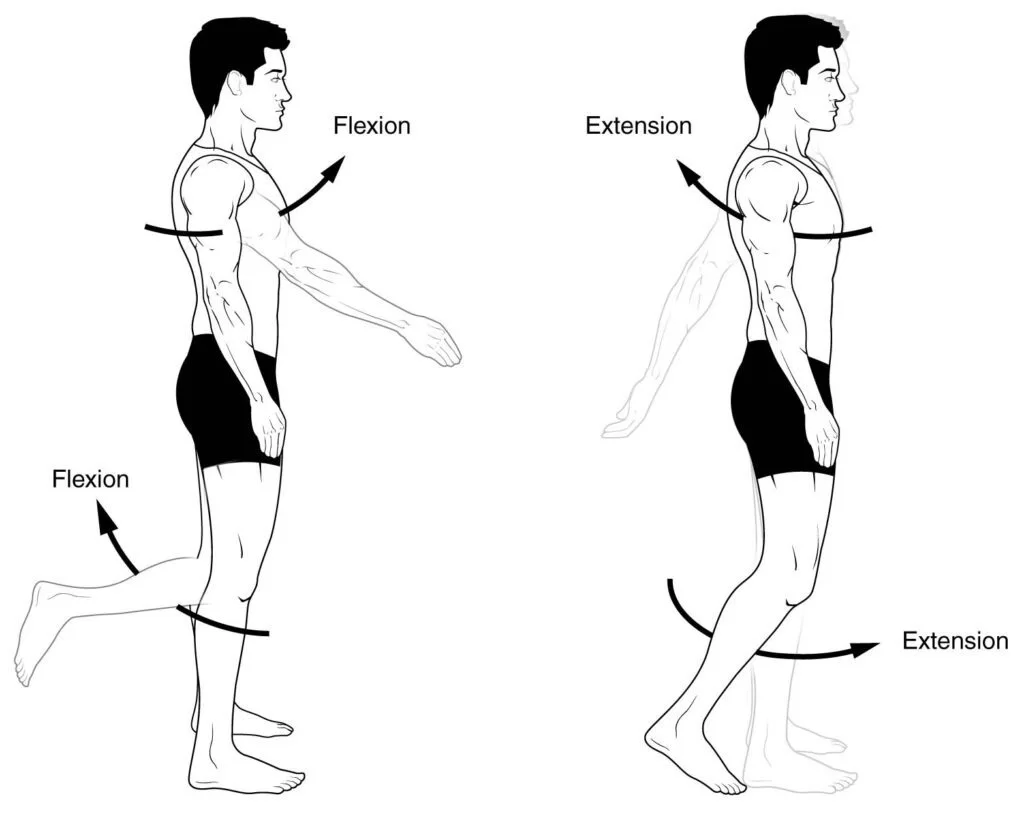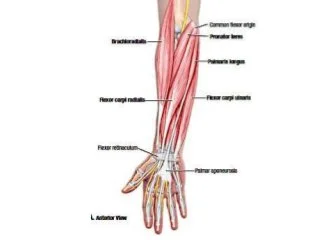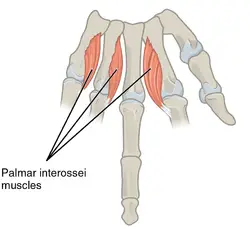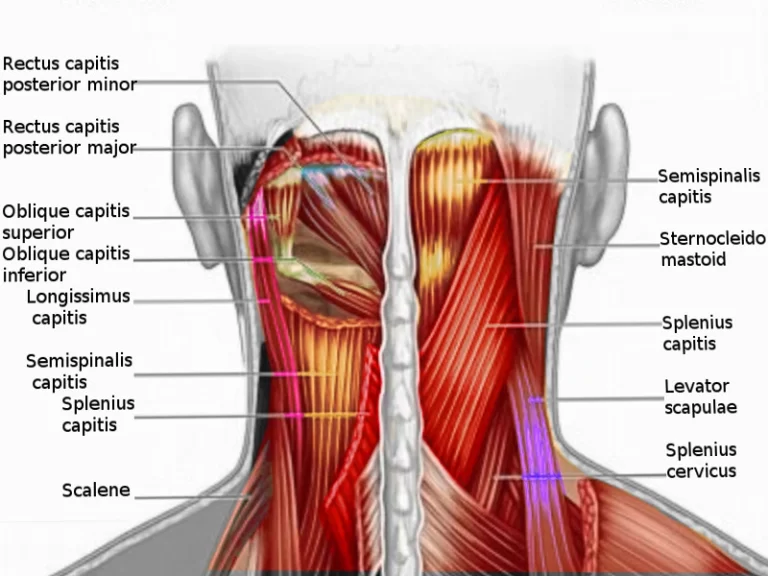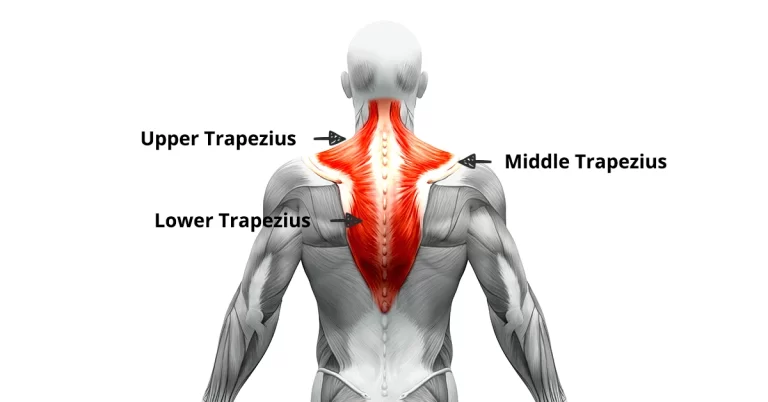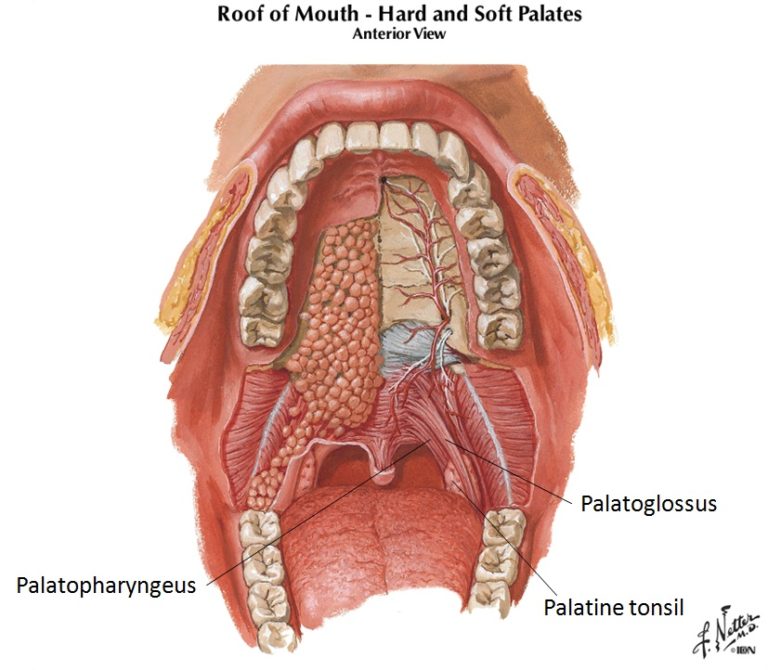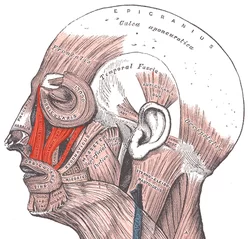What is the Difference Between Flexion and Extension?
Table of Contents
Difference between Flexion and Extension?
To differentiate between flexion and extension, it’s essential to understand their distinct roles in describing movements at joints within the human body.
Joint movements that are directed in opposite ways are flexion and extension.
The human body’s joints and muscles work together to facilitate movement. Joint mobility is accomplished by both the muscles’ contraction and straightening. Two anatomical words used to define angular motion are flexion and extension.
The kind of movement—flexion or extension—is determined by the direction of motion or by a change in the angle between the two bones. Flexion is an activity that pulls the two bones together and decreases the angle between them, whereas extension is an action that raises the angle between the two bones. This is the main difference between flexion and extension.
Range of Motion
Most joints in the human body have some degree of motion. Some specific joints, including those in the skull, don’t. The range of motion of the joints that can move, such as the ankle and knee, is predefined. Basically, a joint’s range of motion refers to how far it can move or even bend comfortably in each direction. The joint’s range of motion is commonly expressed in degrees. Each joint has a unique range of motion.
What is Flexion?
A bending motion that lessens the angle between a segment and its proximal segment is referred to as flexion. Examples of flexion include squeezing your hand into a fist or bending your elbow.
The knees are bent while the individual is seated. Flexion is the movement in the anterior direction of a joint that has the ability to move both forward and backward, such as the neck and trunk. The trunk flexes as a person leans forward, and the neck flexes when the chin rests against the chest. An arm or leg extended forward is called a flexion of the shoulder or hip.
What is the Extension?
The straightening motion that increases the angle between bodily components is referred to as extension, which is the opposite of flexion. For example, the knees are extended as one stands up. Extension is the movement in the posterior direction when a joint, such as the neck and trunk, has the ability to move both forward and backward.
An arm or leg can be moved backward by extending the hip or even the shoulder. Extension is the outcome of the movement from behind, even for the two upper extremity joints, the elbow and wrist. With the exception of the knee, ankle, and wrist, where an extension requires motion in the anterior direction at the distal end.
Extension refers to uncurling or even elevating the toes upward, whilst flexion refers to curling them downward.
What is the Difference between Flexion and Extension?
| No | Flexion | Extension |
| 1 | By bringing the two bones together, flexion reduces the angle that separates them. | The movement that straightens the angle between the two bones is called extension. |
| 2 | During the flexion, the angle between the two joints decreases. | During the extension, the angle between the two joints gets bigger. |
| 3 | It is true that flexion causes the bones to bend and brings the two together. | The two bones do separate and straighten as a result of extension. |
| 4 | Examples of flexion include bending the knee and the upward phase of the bicep curl. | Standing up and the downward phase of the bicep curl are two instances of extension. |
| 5 | Hyperflexion is an exaggerated range of motion in flexion. | Hyperextension is an abnormal extension motion. |
Anatomical terminology is used to describe movements or the motion process. Motion mostly refers to the movement of limbs, joints, organs, and other particular bodily parts. The terminology describes the motion in terms of direction with respect to the participating bodily components’ anatomical positions.
Even if other, more specialized names are required to explain the unique activities, such as those of the hands, feet, and eyes, anatomists and others utilize a single set of terms to describe the majority of movements. Movement is often categorized based on the anatomical plane in which it takes place. Both flexion and extension are instances of angular motions, which involve moving the joint’s two axes closer together or farther away.
Rotational motion can be classified as internal or external and can occur at other joints, such as the shoulder. Motion above or below the horizontal plane is described by other terminology, such as depression and elevation.
Anteriorly, muscles can move about a joint in two opposed directions: flexion and extension. Flexion: One way to think about a flexion is to bend a joint. It happens when the joint’s angle is lowered.
When someone performs biceps curls, there is an example of flexion in action. A flexion action results in a smaller body section. Extension: The term “extension” refers to the joint straightening. It happens when the joint’s angle rises. The instance of the extension occurs when the high jumper takes off and as a result, the knee extends.
Movements that involve extension and flexion are mutually exclusive. Both flexion and extension can be carried out at various joint types and are started by different body muscles.
Flexion and extension are carried out in the same plane as all other motions, which is known as the anatomical position and is established in relation to the body position. Anatomically speaking, the body is in an upright position with the arms at the sides and the palms facing the front. Any movement that occurs from front to back in relation to anatomical position is referred to as occurring in the sagittal plane. An example of this would be lifting or lowering a leg straight out in front of the torso. The only movements that take place in the sagittal plane are, in fact, flexion and extension, however, flexion does not always occur in a forward direction and extension does not always occur in a backward direction.
For instance, an elbow flexes forward while a knee flexes backward. Many joints in the body can move in numerous planes, but some can only move in one plane—flexion and extension—so they can only bend and straighten in the sagittal plane. The elbow and knee are examples of these joints, often known as hinge joints. Similar to how flexion occurs when the knee is bent and extension occurs when the knee is straightened, but they occur in different directions, at the elbow as well.
The interphalangeal joints found in the fingers and toes are another example of hinge joints that exclusively carry out movement.
The majority of joints that have flexion and extension capabilities also do other actions. A shoulder’s and a hip’s range of motion includes flexion, extension, abduction—which is lifting a limb away from the body—adduction—which is drawing a limb back toward the body—circumduction—which is essentially circling the limb—and rotation—which is turning a limb side to side. Head movements on a neck include flexion, which brings the chin toward the chest, extension, which tips the chin upward, and abduction, adduction, circumduction, and rotation.
Even the spine’s intervertebral joints have segmental flexion and extension capabilities, which allow a trunk to bend forward or straighten depending on the situation. In addition to the movement known as lateral flexion, or side-bending, they can also rotate.
The muscles that are able to cause flexion and extension also distinguish them from one another. An agonist is a muscle or group of muscles that initiate flexion at a given joint, while an antagonist is a muscle or group that resists flexion. The only difference in the function of the muscles is in the case of extension. For example, at an elbow joint, the triceps muscle on the back of the arm must stretch in order for the biceps to contract, whereas the biceps brachii muscle on the front of the upper arm provides flexion. In contrast, the triceps contract to straighten an elbow while the biceps extend in opposition, making the triceps an agonist during extension.
In anatomy, flexion and extension are the opposite movements that involve moving anteriorly and posteriorly, respectively. Though they can also relate to the motions of other joints and moving body components, these are the usual movements of the synovial joints. More specifically, the angular movements in a sagittal plane relative to a median frontal plane are called flexion and extension.
Following that, someone will describe these anatomical planes and the distinctions between flexion and extension. Every description of a human body’s anatomy is given in relation to the planes and axes found in the so-called anatomical position. The body is positioned in the standing position, arms out to the sides, and hands twisted so that the palms are facing forward.
A sagittal plane is a plane that splits a body in half on the right and left, starting from this position and running perpendicular to the floor. A sagittal plane is where any movement conducted in an anteroposterior direction is considered to be.
For example, in anatomical posture, actions such as bending and extending the knee, lifting and lowering a leg in front of the torso, or bending and extending are carried out in the sagittal plane.
Furthermore, any plane parallel to a sagittal plane that cuts a body exactly in the middle (the mid-sagittal plane) is also referred to as the sagittal plane, which is why people typically speak of sagittal planes rather than just one. For example, bending and extending the knee happens in the sagittal plane, which is a plane that is both perpendicular to the ground and anteroposterior. However, this motion does not occur in the mid-sagittal plane, which is not in the exact center of the body.
We also refer to the angular movements inside the sagittal planes as flexion and extension. This indicates that both flexion and extension are anteroposterior motions that alter the angle between two articulated body parts.
The flexion occurs when the movement angle gets closer to the two distal ends of the articulated segments and decreases. The opposite motion called an extension, widens the angle between and away from the articulated segments. For instance, the angle formed by the elbow’s flexion and extension changes the forearm’s and the arm’s respective angles.
Contraction of one or more flexor muscles results in bending actions. A contraction of one or more extensor muscles results in the opposite movement, known as extension. For example, the contraction of the biceps brachii results in the flexion movement of the elbow, which pulls the arm and forearm closer together, while the contraction of the triceps brachii results in the extension of the elbow.
When the flexor muscles contract, the extensor muscles expand, and vice versa. This is because the flexor muscles function as the agonists and the extensor muscles as the antagonists.
It is important to distinguish between flexion and extension from angular motions in other planes. For example, when someone elevates their arm laterally away from their torso, the angle between the two changes on the frontal plane rather than the sagittal plane. In this instance, abduction and adduction are mentioned in addition to flexion and extension.
Even though they are not angular movements, some activities in the sagittal plane are conventionally classified as flexion and extension motions. For example, raising an arm to the front is characterized as a flexion and extension movement, but it is not an angular movement because it is generated by the rotation of the shoulder joint.
The movements of muscles on a skeleton are described by concepts of motion that are specific to anatomy. At joints, muscles contract to produce action, and this word can be used to accurately describe the ensuing motions. It is assumed by the words that a body starts in its anatomical position. The oppositional movement, sometimes referred to as the opposite movement, is present in most motions.
Both flexion and extension
The sagittal plane is where flexion and extension take place. It describes both widening and narrowing the angle that separates two bodily parts:
A flexion is a movement that results in a smaller angle between two body parts. The angle between the ulna and the humerus is lessened when an elbow is flexed. Ankle proximity to the gluteal region and a reduction in the angle between the femur and tibia occur during knee flexion.
Continuity is used to describe a motion that widens the angle formed by two bodily parts. An elbow’s extension increases the angle formed by the ulna and humerus. A lower limb can be made straighter by extending the knee.
Flexion and Extension
Both flexion and extension include anterior or posterior motions of the body or even limbs, and they both occur within the sagittal plane. The term “flexion” refers to the anterior (forward) bending of the neck or body in relation to a spinal column, whereas “extension” refers to the posterior-directed action, such as straightening from the flexed position or even bending backward.
Bending the neck or even the entire body to the right or left is known as lateral flexion. The symphysis joint generated by each intervertebral disc and the plane-type synovial joint formed between the inferior articular processes of one vertebra and the superior articular processes of the subsequent lower vertebra are both involved in these motions of the vertebral column.
In the limbs, extension raises the angle and straightens the joint, whereas flexion decreases the angle between the bones (bending a joint). All anterior motions for an upper limb are considered flexions, while all posterior motions are considered extensions. These comprise the forearm at the elbow, the hand at the wrist, the fingers at the metacarpophalangeal and interphalangeal joints, and the anterior-posterior movements of the arm at the shoulder. When it comes to the thumb, flexion puts the thumb back up against an index finger or even into the palm, whereas extension moves the thumb away from the palm and into the same plane as the palm. The first carpometacarpal joint is the site of these movements.
Any action of the lower limb that moves the thigh posteriorly is called extension, while any motion that moves the thigh forward and upward is called flexion at the hip joint.
The body may move in a huge variety of ways thanks to synovial joints. The muscles that are linked to the bones on either side of an articulation contract or relax to cause each movement at the synovial joint.
The structural structure of the synovial joint determines the amount and kind of mobility that can occur there. In some parts of the body, many joints can cooperate to achieve a specific motion, even though a ball and socket joint has the most range of motion at the single joint. To put it briefly, a body needs all different kinds of synovial joints in order to be extremely flexible and mobile.
At synovial joints, different motion kinds are possible. Typically, two movement kinds are coupled, with one immediately opposing the other. Everybody’s action is explained in terms of the body’s anatomical position, which is an upright stance with the upper limbs to one side and the palms facing forward.

